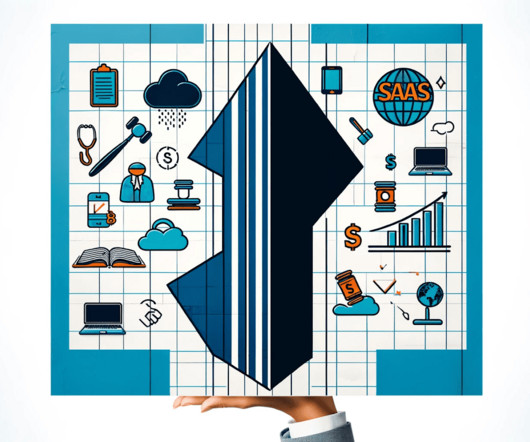Recurring Payments: Definition and Implementation Best Practices
Stax
FEBRUARY 26, 2024
We can see this trend in action in the realm of payment processing with the advent of recurring payments, also known as automatic payments. Industry data shows that subscription-based businesses are growing 3.7x So, let’s dive into the realm of recurring payments and how they can benefit your business.
















Let's personalize your content